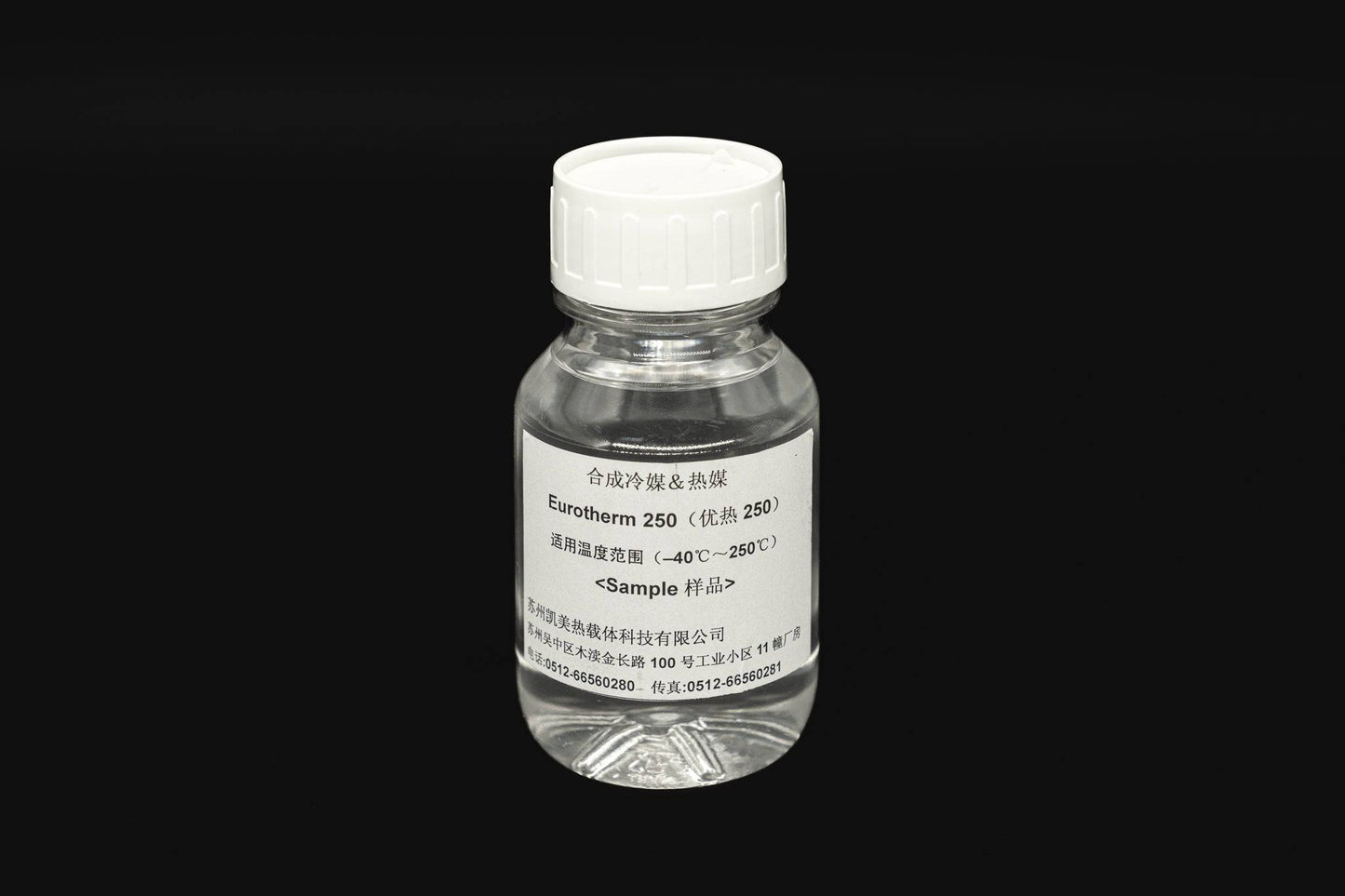The Main Principles Of Chemie
Table of ContentsOur Chemie StatementsThe 3-Minute Rule for Chemie10 Easy Facts About Chemie ShownChemie Can Be Fun For AnyoneHow Chemie can Save You Time, Stress, and Money.Chemie Can Be Fun For Anyone
By Bojanna Shantheyanda, Sreya Dutta, Kevin Coscia and David SchiemerDynalene, Inc. Fluid cooling, which can be attained using indirect or direct ways, is utilized in electronics applications having thermal power thickness that may surpass risk-free dissipation with air cooling. Indirect liquid air conditioning is where heat dissipating electronic elements are literally divided from the liquid coolant, whereas in instance of direct cooling, the elements remain in direct contact with the coolant.In indirect cooling applications the electric conductivity can be essential if there are leaks and/or splilling of the fluids onto the electronics. In the indirect air conditioning applications where water based liquids with corrosion preventions are generally used, the electrical conductivity of the liquid coolant mostly relies on the ion concentration in the liquid stream.
The rise in the ion focus in a closed loophole fluid stream may take place because of ion leaching from metals and nonmetal components that the coolant liquid touches with. Throughout operation, the electrical conductivity of the fluid may raise to a level which could be dangerous for the air conditioning system.
10 Easy Facts About Chemie Explained
(https://www.openstreetmap.org/user/chemie999)They are bead like polymers that can trading ions with ions in an option that it is in call with. In the here and now job, ion leaching tests were executed with different metals and polymers in both ultrapure deionized (DI) water, i.e. water which is dealt with to the highest degree of pureness, and low electrical conductive ethylene glycol/water combination, with the gauged modification in conductivity reported gradually.
The samples were permitted to equilibrate at space temperature level for 2 days prior to taping the initial electrical conductivity. In all tests reported in this study liquid electric conductivity was measured to an accuracy of 1% utilizing an Oakton disadvantage 510/CON 6 collection meter which was calibrated before each measurement.
4 Easy Facts About Chemie Shown
from the wall surface heating coils to the center of the heater. The PTFE sample containers were positioned in the heating system when consistent state temperature levels were reached. The test setup was removed from the heating system every 168 hours (7 days), cooled down to space temperature level with the electrical conductivity of the fluid gauged.
The electrical conductivity of the liquid example was kept an eye on for a total of 5000 hours (208 days). Number 2. Schematic of the indirect closed loop cooling down experiment set-up - meg glycol. Table 1. Elements used in the indirect shut loophole cooling down experiment that touch with the fluid coolant. A schematic of the experimental setup is revealed in Number 2.

The 4-Minute Rule for Chemie
The modification in fluid electric conductivity was kept track of for 136 hours. The fluid from the system was accumulated and stored.

0.1 g of Dowex material was added to 100g of liquid examples that was absorbed a different container. The blend was mixed and change in the electrical conductivity at area temperature was measured every hour. The determined change in the electrical conductivity of the UP-H2O and EG-LC test fluids consisting of polymer or steel when involved for 5,000 hours at 80C is shown Figure 3.
The Basic Principles Of Chemie
Figure 3. Ion leaching experiment: Measured adjustment in electric conductivity of water and EG-LC coolants including either polymer or metal samples when immersed for 5,000 hours at 80C. The results suggest that steels added fewer ions into the fluids than plastics in both UP-H2O and EG-LC based coolants. This could be due to a slim metal oxide layer which may serve as an obstacle to ion leaching and cationic diffusion.
Liquids other consisting of polypropylene and HDPE showed the cheapest electric conductivity adjustments. This could be because of the short, stiff, linear chains which are less most likely to add ions than longer branched chains with weak intermolecular forces. Silicone likewise did well in both test liquids, as polysiloxanes are normally chemically inert as a result of the high bond power of the silicon-oxygen bond which would certainly protect against degradation of the product into the fluid.
Not known Factual Statements About Chemie
It would certainly be expected that PVC would generate similar results to those of PTFE and HDPE based on the comparable chemical structures of the materials, nevertheless there may be various other contaminations present in the PVC, such as plasticizers, that may affect the electrical conductivity of the fluid - silicone fluid. In addition, chloride groups in PVC can also leach right into the examination fluid and can cause a boost in electric conductivity
Buna-N rubber and polyurethane showed indications of degradation and thermal disintegration which suggests that their feasible energy as a gasket or sticky material at higher temperature levels might result in application issues. Polyurethane entirely disintegrated right into the examination fluid by the end of 5000 hour examination. Figure 4. Before and after pictures of steel and polymer examples immersed for 5,000 hours at 80C in the ion leaching experiment.
Measured modification in the electrical conductivity of UP-H2O coolant as a feature of time with and without resin cartridge in the closed indirect cooling loophole experiment. The gauged adjustment in electric conductivity of the UP-H2O for 136 hours with and without ion exchange material in the loophole is received Figure 5.